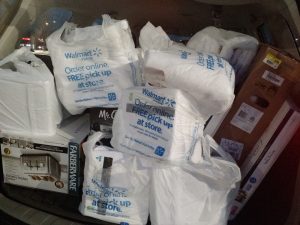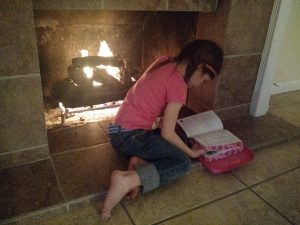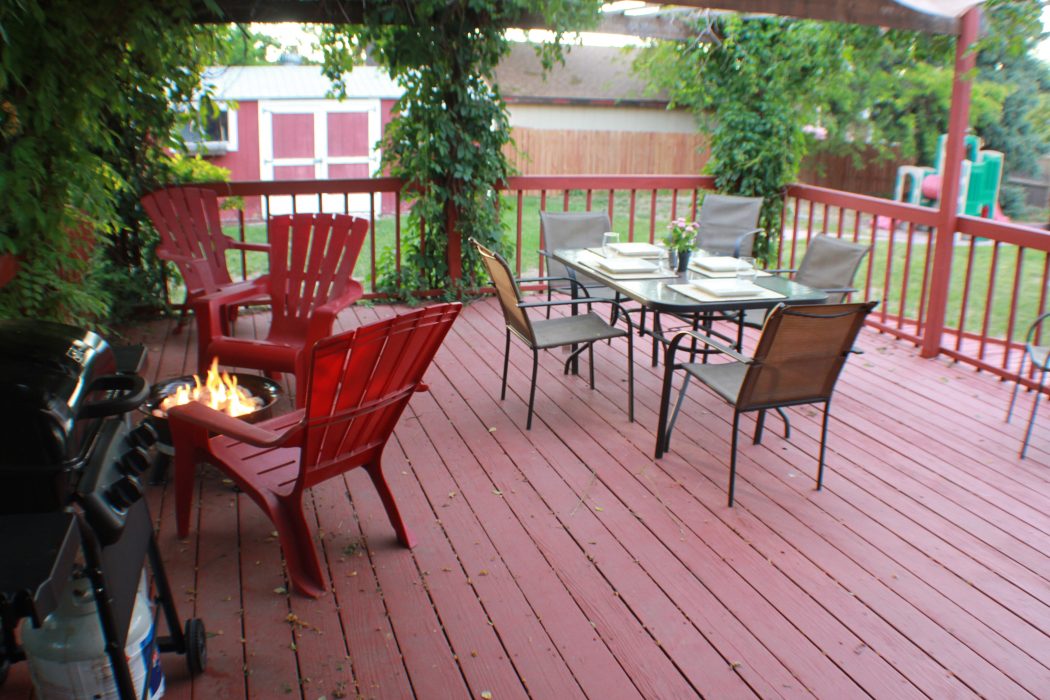Are you moving out of your home and considering whether to keep it or sell it? Perhaps my experience with vacation renting and buying my second home with no PMI will help you make a decision.
First off: I like to work on my finances, so much so I review them every day and make tweaks. It is a balance for me – if I become obsessed with money and “early retirement”, I am near to greed and the love of money. If I become apathetic,not reviewing investments and my account transactions, then inefficiencies and extra expenses can creep in that cost me thousands of dollars a year. Either way, the Bible says it is wise to know the state of your finances. (Long ago, your wealth was largely measured by the flocks you owned.)
Know well the condition of your flocks,
and give attention to your herds,
for riches do not last forever;
and does a crown endure to all generations?
Proverbs 27:23-24, ESV
Thus, I geek out with spreadsheets and online data accumulators, something I learned long ago from my father who took advantage of spreadsheets back in the day when you had to start programs by typing in a command.
When my bride and I decided we had had enough of the “raising little kids in a big city” life, we were eager to make a wise financial move with our current home in Denver. We embarked on testing out the home vacation rental phenomena. I had read how Mr. Money Mustache saved for early retirement, and I saw specifically that renting out a prior owned home was a turning point in his financial history. While it would add hassle and financial burden upfront, I was eager to get savings and investments moving more than just “on paper” through stocks.
Setting up the Vacation Rental

Stocking up on Vacation Rental Supplies
First, I thought through the business aspect of turning our Denver metro house into a vacation rental. Will it make financial sense? How would it differ from a typical rental? Is it legal with the HOA, the county and city? Check, check and check!
Financial sense – we had a low-interest mortgage with about $120K remaining on it and about 13 years, on an initial purchase price of $189K in 2009. We refinanced to 3.125% when we saw rates lowering and the opportunity to take years (and probably $80K of interest) off our mortgage – praise God we could see this low rate condition and move on it! We refinanced to a similar payment (due to the lower interest rate on a 15-year vs 30-year) and about a $950 payment for our home. Our home at the time would have rented for about $2,200, and I estimated a vacation rental would bring in about $4,500 per month. After the first year, turns out the average was closer to $3,100 due to high winter months vacancy, and perhaps also the slower traction on reviews (and thus consumer hesitancy) when you first start up a rental.

Setting up the Denver house for vacationing
I checked local ordinances, and after weeks of hunting down the proper people and reading lots of local guidelines and news articles, I found we were living in a pocket of unincorporated land that had fewer rules and where vacation rentals were permitted – though uncommon – in 2017.
Once we were past that hurdle, we started looking at companies to help navigate the vacation rental waters. We looked at direct methods (AirBNB, VRBO, HomeAway) and managed methods (Turnkey VR, Evolve Vacation Rental, etc.) I settled on Evolve Vacation Rental after comparing a few options. While performance has not been much more than a traditional rental (I’m still working on improving returns), I have learned PLENTY of lessons on remote vacation rental management I will share with you someday soon.
Buying the New House

Fireside Bible reading at the new house
We scoped out a house in Colorado Springs to buy. The new home was listed at $360K, and due to some competitive bids and how well the house fit us, we offered full price with 20% down. I looked at several ways to put a down payment on the house. Since plenty of our money was tied up in the Denver house, I looked at the option of a home equity line of credit. After plenty of spreadsheet planning and comparisons, I decided on Pentagon Federal’s interest-only ELOC. This allowed me to put a 20% down payment from the equity in the first house, and because I was still living in the Denver home when I applied for the ELOC, I was able to get their lowest rate as a homeowner! I was open and honest with Pentagon Federal, and as long as I closed on the ELOC while still living in the Denver house, I was clear to keep their homeowner rate (prime + 0%). At the time this was 3.75%, but in mid 2018 has now climbed to 5%.

Moving Day! With some help moving the piano 🙂
This allowed us to do a huge initial draw on the ELOC of $72K and close with zero out of pocket costs. The monthly interest cost was about $300, and it was on us to pay down principal if we ever wanted to. They also had an attractive same-rate option, but with cashflow and the requirement to cover both mortgages on my salary (with no vacation rental considered), I wanted a low monthly payment. If I had a traditional long-term renter lined up for my Denver house, I could have used that in the mortgage company’s calculations.
Skipping the PMI
I have a friend in the Denver area, Will Duffy, who has a well thought out, counter-cultural book on mortgages. I say counter-cultural because folks like Dave Ramsey will encourage you to go through hoops to pay down your house quickly, while Will Duffy makes a case for taking on some PMI / having little equity in your home so you can invest the money instead.
I opted for somewhere in between – I hate PMI with a passion, and do whatever I can to avoid it. Our first house we had PMI for about one year before we had saved enough (about $20K) to lump sum pay down the mortgage to an 80% loan to value point. And on this new home in Colorado Springs, I wanted to avoid PMI. Could I have made up the difference by investing? Possibly. But, to me, it seemed right to do a 20% down payment. And, a house purchase offer with a traditional loan and 20% down will seem more solid to the home seller than a 5/1 ARM, 5% down etc.
It was a bit of a wild ride making this financial maneuver happen. If I had to do it again, I would have started the ELOC process earlier, as it took about 5 weeks for our process, which is longer than a typical closing process. However, after 18 months in of having this ELOC, it has provided some nice buffer for having a lower emergency fund than I’d normally have, and some more money in investments. I am not a fan of having $20K in the bank, because the bank doesn’t do much with my money. So, I have started saving emergency funds into a WealthFront tax-loss harvesting account for that rainy day, while maintaining $5-10K in cash reserves in our checking account. Oh, and we don’t have a savings account – too much hassle for us to switch money back and forth, and the interest rate on the savings account amounts to perhaps $3 more at the end of the year.
Using our ELOC as a Savings Account
One thing Stace and I have been trying the last 3 months is having our savings accounts and emergency funds stored in the ELOC. Since the down payment for the new house was the initial draw on the ELOC, we can put extra cash in the ELOC to pay it down and have “virtual savings accounts” – vacation savings, Christmas savings, college/wedding savings for the kids, and a general emergency fund. While this requires a spreadsheet to properly track the value of each accounts, it also means we get a guaranteed 5% return on our money while it is in the ELOC. This beats the checking rate of 0.01% by 500X! This also means that when we have cash windfalls or too much in our checking account, we transfer it to the ELOC. At a 5% rate, every $10,000 we stash in our ELOC will save us a whopping $1.37 a day in interest! ($10,000 * 0.05 / 365)
That’s how we did it – bought our second house with equity from our first, while turning our first into a vacation rental money maker. Have you considered this strategy? I’d love to hear about it in the comments!





